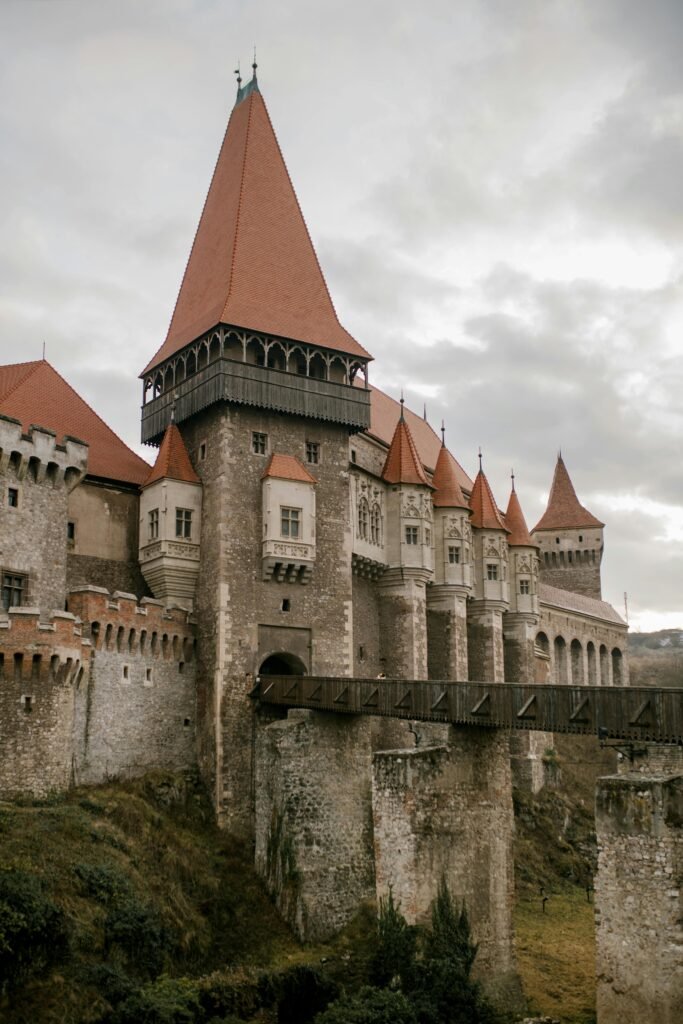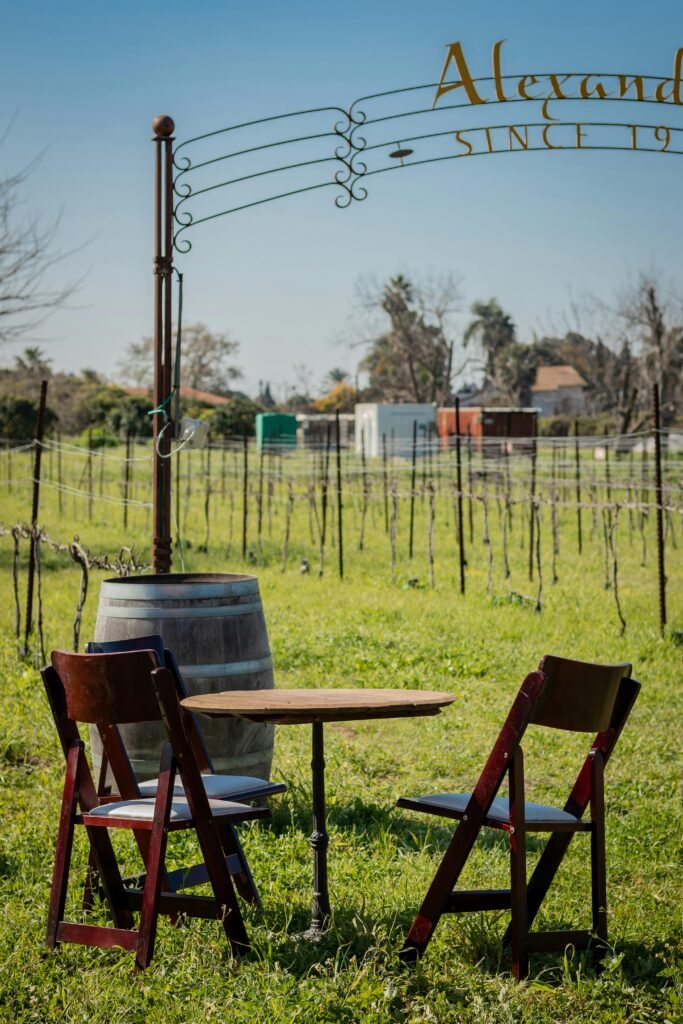How Wine It Was First Discovered?
Before we go through the evolution of wine and its discovery, let’s dip a bit further from the very first moment it was first discovered. While it might not be a proven story without facts, an old Persian tale gives the credit of the discovery of wine to a woman. The story tells of a princess from Persepolis who had fallen out of the King’s favor. In her deep despair, she drank the juice from some spoiled table grapes, trying to make suicide. However, her plan failed. Instead of dying, she became giddy, intoxicated, and eventually passed out. Upon awakening, she felt her troubles had vanished. She presented this fermented grape juice to the King, who was so taken by the beverage that he restored her favor. This tale is linked to the city of Shiraz, known for its role in Persian wine production.
Despite this legend, wine’s accidental discovery likely occurred multiple times across different regions, all because of accidents. Wine’s history goes back thousands of years. It all started around 6000 B.C. somewhere in Europe where people discovered that grapes left in a container could ferment and turn into a pleasant, alcoholic drink. This early discovery was likely accidental, but it marked the beginning of wine-making. Early winemakers probably noticed that wild grapes, when crushed and left out, produced a juice that bubbled and transformed into something magical. They might have found that this transformation, caused by yeast on the grape skins, created a drink that not only tasted good but also had intoxicating effects.
The Evolution of Wine
Ancient Civilizations and Wine

One of the first and most important process from the evolution of wine started when people settled and formed civilizations as wine-making became more sophisticated. The Egyptians and Mesopotamians (around 3000 B.C.) began cultivating grapes and producing wine. Wine back then, was considered a gift from the gods, and it played a central role in religious ceremonies and social gatherings. In Egypt, wine jars were found in the tombs of pharaohs, showing its importance in their culture and belief in the afterlife.
The Greeks took wine-making to another level. By 1600 B.C., they were perfecting techniques and spreading wine culture across their colonies. They held wine in high esteem, dedicating a god, Dionysus, to it. The Greeks loved to mix their wine with water and add herbs and spices, creating different flavors. They also established wine trade routes across the Mediterranean, sharing their wine and techniques with other cultures.
The Roman Influence
The Romans had a big role as well in the evolution of wine as around 200 B.C., learned wine-making from the Greeks and refined it even further. They planted vineyards across their vast empire, from Spain to Britain, and developed new grape varieties and wine-making methods. Romans introduced wooden barrels for aging and storing wine, replacing the clay amphorae used by the Greeks. This innovation improved the taste and transportability of wine.
Wine in Rome was not just a drink; it was a staple of everyday life. It was safer to drink than water, which was often contaminated. Romans drank wine with meals, and it was integral to their social and political life. Banquets, known as “convivia,” were lavish events where wine flowed freely. The Romans also recognized the different qualities of wine, categorizing them based on taste, origin, and age.
The Middle Ages and Monastic Influence
After the fall of the Roman Empire, the evolution of wine and its production in Europe continued, largely preserved by Christian monasteries. Monks were the keepers of wine-making knowledge, especially in France, Germany, and Italy. They meticulously documented their processes and experimented with different grape varieties and techniques. This period saw the development of many famous wine regions, including Burgundy and Champagne in France.
Monasteries not only made wine for religious ceremonies but also for trade and daily consumption. The monks’ dedication to quality and innovation laid the groundwork for modern wine-making practices. For instance, the Benedictine and Cistercian orders were instrumental in refining the art of viticulture (grape growing) and oenology (wine-making).
The Renaissance and Beyond
The Renaissance brought renewed interest in science and the arts, which also influenced wine-making. Explorers like Columbus and Magellan opened new trade routes, bringing European wine to the New World and vice versa. Wine began to spread globally, and each region started to develop its unique style based on local grapes and conditions.
In the 1600s, the practice of bottling wine became more common. Before this, wine was stored in barrels and consumed quickly. Bottles, with cork stoppers, allowed wine to age and develop complex flavors over time. This period also saw the rise of fortified wines like Port and Sherry, which were created to withstand long sea voyages.
The Modern Era: Science and Technology

The 19th century was a time of significant change for wine-making, driven by scientific advances. The discovery of yeast’s role in fermentation by Louis Pasteur in the mid-1800s revolutionized wine-making. Winemakers could now control fermentation more precisely, leading to more consistent and higher-quality wines.
The phylloxera epidemic in the late 1800s was a major crisis. This tiny insect, native to North America, destroyed vast vineyards across Europe. The solution came from grafting European grapevines onto resistant American rootstocks, saving the European wine industry.
In the 20th century, wine-making became even more sophisticated with the advent of modern technology. Stainless steel tanks, temperature-controlled fermentation, and advanced filtration methods allowed winemakers to produce cleaner and more precise wines. The concept of “terroir” – the idea that the environment in which grapes are grown affects the character of the wine – gained prominence, leading to a deeper appreciation of regional differences.
Wine Today
We spoke above about the evolution of wine and you are aware that today, wine is a very popular beverage and is enjoyed worldwide, with significant production in Europe, the Americas, Australia, and South Africa. Each region brings its unique flair to wine-making, influenced by climate, soil, and tradition.
France remains a leader in the wine world, with regions like Bordeaux, Burgundy, and Champagne producing some of the most prestigious wines. French wine laws are strict, ensuring high standards and protecting regional identities.
Italy is renowned for its diversity, with over 500 grape varieties and famous regions like Tuscany and Piedmont. Italian wines range from robust reds like Chianti to sparkling Prosecco.
Spain is known for its bold reds, particularly from Rioja and Ribera del Duero, and for its unique sherry from Jerez.
The United States, particularly California, has emerged as a major player in the wine industry. Napa Valley and Sonoma are celebrated for their high-quality wines, and American wine-makers often blend traditional techniques with innovative approaches.
Australia and New Zealand are famous for their vibrant, fruit-forward wines, with Shiraz and Sauvignon Blanc being signature varieties. The favorable climate and modern techniques have allowed these countries to produce some outstanding wines.
South America, especially Argentina and Chile, produces excellent wines, with Malbec and Carmenere being notable examples. These regions offer great value wines that have gained international acclaim.
From The Wine Evolution To Its Future
Looking ahead, the wine industry faces both challenges and opportunities. Climate change is a significant concern, affecting grape growing regions worldwide. Winemakers are experimenting with new grape varieties and techniques to adapt to changing conditions.
Sustainability is also a growing focus. Organic, biodynamic, and natural wines are becoming more popular, as consumers seek environmentally friendly options. These practices emphasize minimal intervention in the vineyard and winery, allowing the grapes and terroir to express themselves fully.
Technology continues to play a crucial role. From drones monitoring vineyard health to AI predicting the best harvest times, innovation is helping winemakers improve quality and efficiency. At the same time, there is a resurgence of interest in traditional methods, such as amphora aging and hand-harvesting, blending the old with the new.
Wine tourism is booming, with wine lovers traveling to experience vineyards and wineries firsthand. Regions like Tuscany, Napa Valley, and the South of France are popular destinations, offering wine-tasting tours, vineyard walks, and gourmet food experiences.
Lastly, wine is becoming more inclusive and diverse. Women and underrepresented groups are making significant contributions to the industry, both as winemakers and consumers. The wine world is recognizing the importance of diversity and inclusion, ensuring that wine remains a drink for everyone.
Wine’s journey from ancient times to the present day is a story of discovery, innovation, and tradition. From the accidental fermentation of wild grapes to the sophisticated wines enjoyed today, each sip of wine carries the history and culture of those who made it. As we look to the future, the enduring appeal of wine continues to bring people together, celebrating the rich tapestry of flavors and experiences it offers. Now that you have more knowledge about the evolution of wine, hopefully you will be more confident behind your bar or at a conversation with a friend.
All the images in this article are taken from Pexels (free commercial use and not copyrighted).
Share this content:
